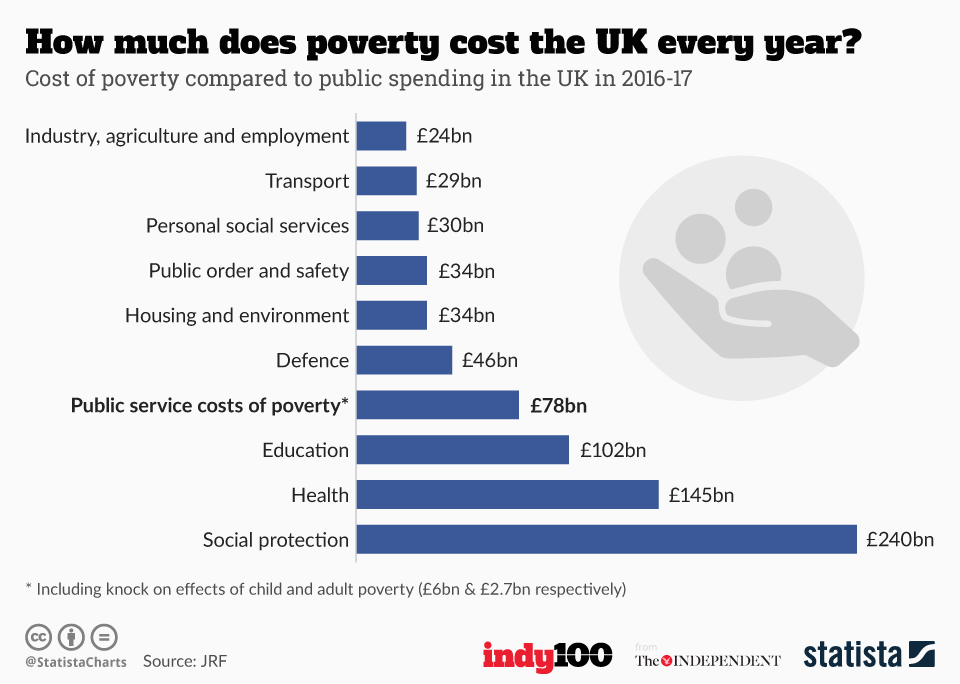We believe everyone should be able to make financial decisions with confidence. And while our site doesn’t feature every company or financial product available on the market, we’re proud that the guidance we offer, the information we provide and the tools we create are objective, independent, straightforward — and free.
So how do we make money? Our partners compensate us. This may influence which products we review and write about (and where those products appear on the site), but it in no way affects our recommendations or advice, which are grounded in thousands of hours of research. Our partners cannot pay us to guarantee favorable reviews of their products or services. Here is a list of our partners.
You can pay from $50 to over $1,000 for a single new tire, depending on type and quality.
By
Whitney Vandiver
Whitney Vandiver
Writer | Car ownership, car maintenance
Whitney Vandiver writes for NerdWallet about ways car owners can save money on ownership and maintenance. She previously wrote in the oil and gas industry, where she was published in national journals and international magazines. Whitney became a writer out of enjoyment and finds stories that highlight or help the LGBTQ+ community the most rewarding to craft. When she's not writing, she enjoys reading and walking with her Irish wolfhound. She is based in Houston.
Learn More
Updated
Edited by Julie Myhre-Nunes
Julie Myhre-Nunes
Assistant Assigning Editor | Auto loans, consumer credit
Julie Myhre-Nunes is an assistant assigning editor at NerdWallet. She has been working in the personal finance space for more than 10 years. Before joining NerdWallet, Julie oversaw editorial teams at NextAdvisor, Red Ventures and Quote.com. Her personal finance insight has been featured on Forbes, The Boston Globe and CNBC throughout the years.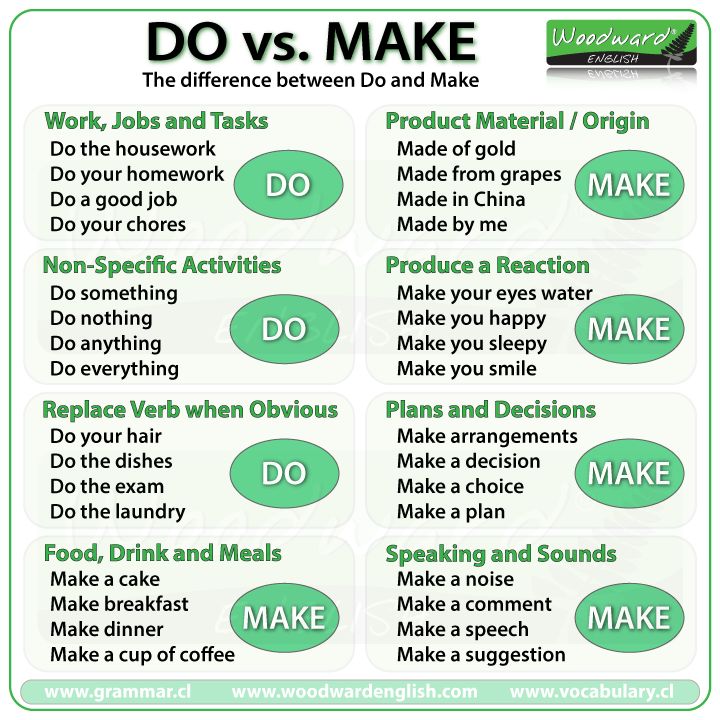 Julie’s writing has been published by USA Today, Business Insider and Wired Insights, among others. Email: [email protected].
Julie’s writing has been published by USA Today, Business Insider and Wired Insights, among others. Email: [email protected].
Many or all of the products featured here are from our partners who compensate us. This influences which products we write about and where and how the product appears on a page. However, this does not influence our evaluations. Our opinions are our own. Here is a list of our partners and here's how we make money.
Tires are a big part of the cost of owning a car, and the range of tire prices doesn’t make it easier to budget for them.
The price of tires depends on several factors, including how they perform in certain weather conditions, how well they handle, and what type of terrain they can manage.
Each type of tire comes with its own price range. And while some tires might induce sticker shock, plenty of affordable options are on the market.
Just answer a few questions to get personalized results from our lending partners.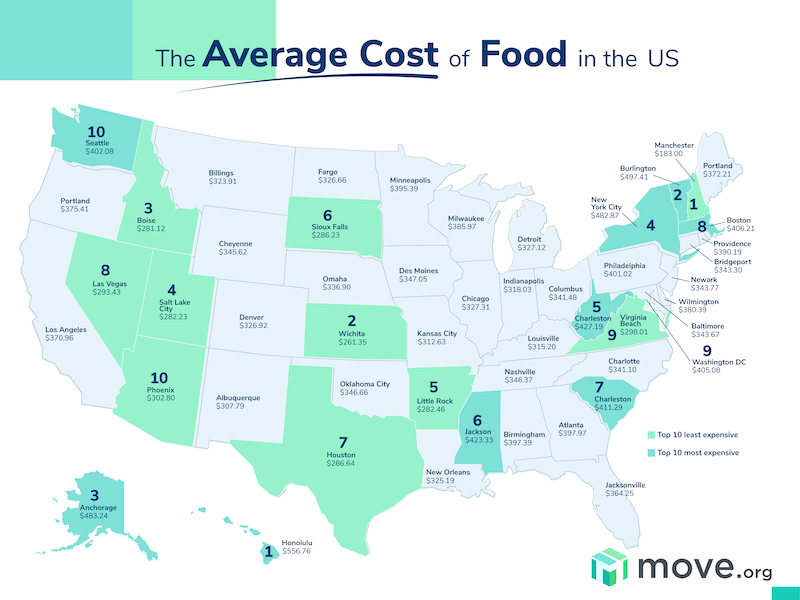
Estimated payoff amount
Tires are made of varying compounds and have different treadwear ratings. These ratings tell you how long the tires will likely last. Tires are usually categorized according to the conditions in which they work best. Here are some of the common types of tires, and the factors that may affect their cost.
Weather performance. Tires are categorized as summer, winter or all-season. Summer and winter tires are designed to perform in certain types of weather, and all-season tires find a balance between summer and winter. All-season tires tend to be the cheapest option, and summer tires tend to be the most expensive. Winter tires fall somewhere in the middle.
🤓Nerdy Tip
If you live somewhere that drops below 40 degrees for only a few weeks a year, it’ll be cheaper to buy all-season tires for year-round driving than to go with winter tires that you swap out seasonally.
Comfort. Some types of tires, such as touring tires, are designed to give you a smoother ride. Comfort tires may have the same performance potential as other tires — for example, they may have the same wet and dry braking capabilities as all-season tires — but they tend to cost more because they offer a more comfortable ride.
Terrain. All-terrain tires are generally more expensive than standard highway tires because they have tread designed to let you go off-road. While you can get about 40,000 miles out of an all-terrain tire, it’s likely to wear down more quickly and need replacing sooner than a highway tire.
Performance. Designed for sports cars, performance tires let you take corners tightly and stop on a dime. They’ll give you that fast-driving experience, but you’ll pay more for performance tires.
The cost of tires can vary widely by type. Discount Tire, a national tire retailer, breaks down the average cost of tires by type and wheel size. Here is the range of prices and median cost per tire for each wheel size:
Here is the range of prices and median cost per tire for each wheel size:
12-inch to 15-inch wheels. Tires often run $80 to $150, with a median price of $115. These tires are common for compact cars.
16-inch to 20-inch wheels. Tires of this size generally cost $100 to $400, with a median price of $250. These tires are common for SUVs, crossovers, vans and trucks.
18-inch to 26-inch wheels. Tires often cost $140 to $500, with a median price of $320. These tires are common for larger trucks and utility vehicles.
The cheaper the tire within a certain group, the less likely it is to perform as well or last as long. Economical options are available, but research the quality of any tire you’re considering before buying it.
The table below shows the range of prices for different types of tires. These prices are not specific to a certain vehicle or tire size. They were gathered from Discount Tire's online inventory in October 2022.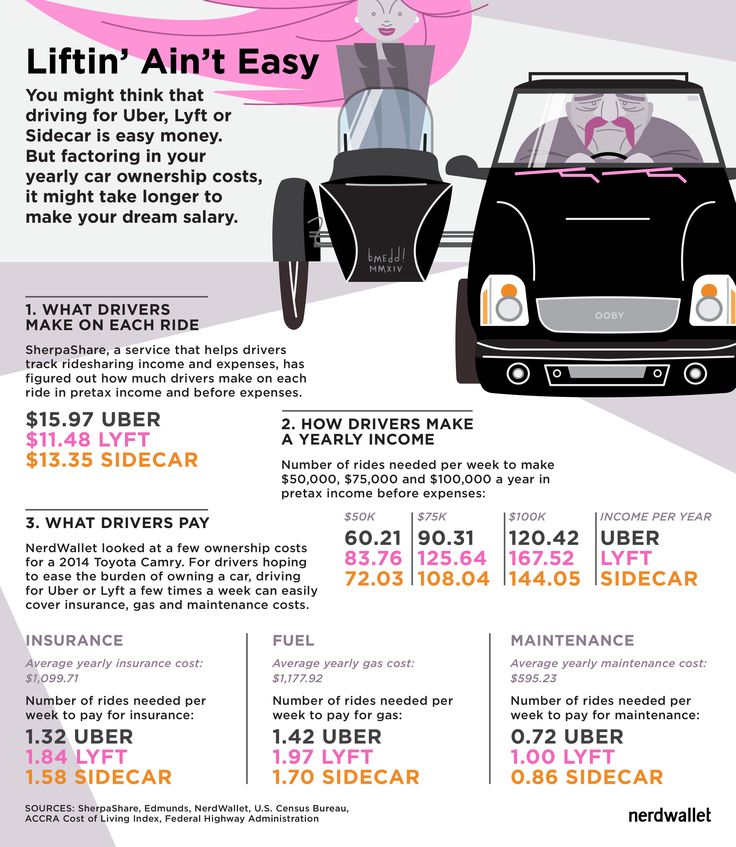
Type of tire | Low price per tire | High price per tire |
|---|---|---|
All-season | ||
Summer | $1,486. | |
Winter | $1,311. | |
Touring | ||
Terrain | $1,447. | |
Performance | $1,486. |
When having new tires installed, the total average cost for labor is $50 to $300, according to CarRoar.com. The labor cost can vary by vehicle and tire size: The bigger the tires or more complicated the install, the higher the labor charge. For example, many shops charge more to mount low-profile tires.
Having new tires installed includes several steps. Your total labor cost is likely to include the time to perform the labor, mounting and balancing of the new tires, and disposal fees to get rid of your old tires.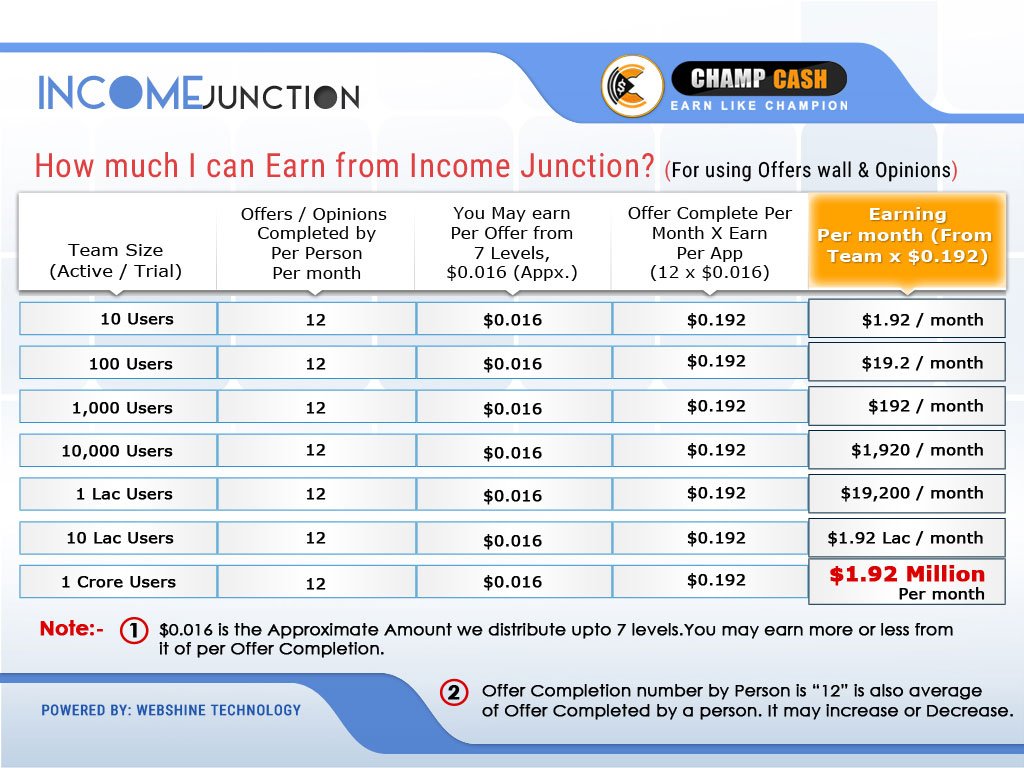
🤓Nerdy Tip
You are likely to get a discount on the labor for having new tires installed if you have the work done at the shop where you purchase the tires.
Frequently asked questions
How much does a set of four tires cost?
The price of a set of four tires will depend on the size and type of tire, but the median price for four tires is between $460 and $1,280. If you have smaller tires and decide to go with a cheaper option, you could pay below that range. However, if you have larger wheels and want performance or touring tires, you’re likely to pay close to $1,000 or more. Keep in mind these prices do not include labor fees to have the tires installed.
What is a good price to pay for tires?
The price of a tire depends on several factors, but you can use the average median price based on size to judge if you’re getting a good deal. A median price for a tire for a 12-inch to 15-inch wheel will run about $115. That jumps to a median price of $250 for 16-inch to 20-inch wheels, and a tire for a larger 18-inch to 26-inch wheel is likely to have a median price of $320.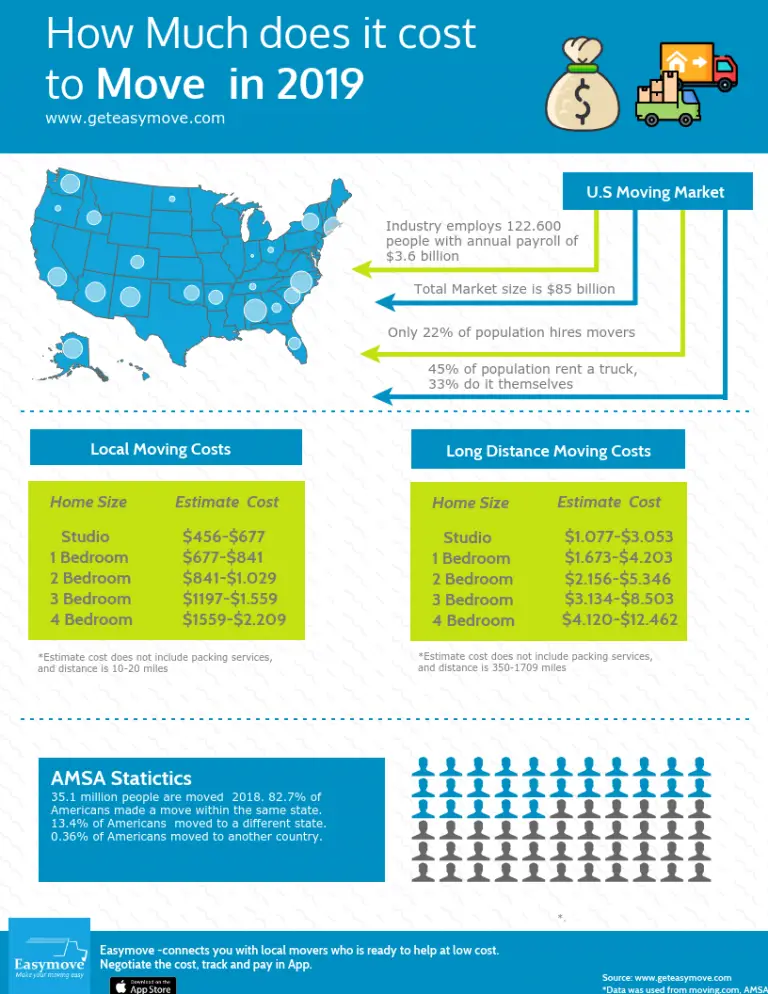
Should I replace all four tires at once?
You’ll probably need to replace all four tires at once if you drive an all-wheel drive vehicle. Otherwise, you could damage the vehicle’s drivetrain. But other types of vehicles give you more options. You can probably replace a single tire if it’s damaged and the other tires still have substantial tread remaining. Chat with a tire specialist if you’re unsure about your options.
How long should four tires last?
If you replaced all four tires at the same time or are on a vehicle’s first set of tires, on average the tires should last about six years and get between 36,000-75,000 miles in their lifespan. But tire life can vary with factors like driving habits, maintenance and climate. Regardless of their condition, no tires should be used longer than 10 years.
About the author: Whitney Vandiver is a writer at NerdWallet currently focusing on car ownership and maintenance. She's previously written about small business and payments. Read more
Read more
On a similar note...
Get more smart money moves – straight to your inbox
Sign up and we’ll send you Nerdy articles about the money topics that matter most to you along with other ways to help you get more from your money.
At some point, every car requires new tires. Since you want to budget accordingly, it’s important to know – how much does it cost to replace your tires?
In this guide, I cover the varying factors that influence the price of your new tires. I will also give you a few tips that may help you save some money.
How Much Do New Tires Cost?A new set of four tires will usually cost you between $400 and $1500, depending on the type of tire, vehicle, quality and where you get them installed. If you choose cheap tires, you may be able to spend $50 each, but on some vehicle types, you can easily spend $1500 or more on a new set of tires.
Now that we have the quick answer to the general cost of new tires, let’s take a closer look at the factors that affect the cost.
The biggest factor affecting your expense will be the size of the tire you need. You can find tires in all sizes, meant for a multitude of purposes. If you have a compact car, you will have the cheapest tires available, maybe even $50 each.
Of course, high-performance cars, large pickup trucks, specialty off-road vehicles, and SUVs will naturally cost more. A good rule of thumb is that the larger the tire is, the more you can expect to pay for it.
2. BrandThere are just as many tire brands as there are sizes. Many tire shops specialize in one budget brand and carry a multitude of name brands.
You will spend far less to go with the no-name brand, but you need to think about the quality. After all, if you save money today by choosing this brand, does it really pay off if you have to replace the tires again prematurely? You may also get a much longer mileage warranty with quality tires than with inexpensive tires.
If you choose a premium tire brand such as Michelin, Continental, Goodyear, Bridgestone, you will of course pay much more, but you know that you will get quality tires that last a long time and keep your vehicle on the road.
RELATED: 6 Worst Tire Brands to Avoid Buying
3. Installation CostMost tire shops do not make a lot of money on the tire installation. The job itself doesn’t take long and the price can often be included with the cost of the tires.
On average, you can expect most shops to tack on about $20-$40 per tire for the installation. However, if you visit a warehouse club, that expense could be even less.
4. Tire DisposalYou don’t get to leave your old tires with the shop without paying a price. These shops must pay to have them recycled, so that cost gets passed down to you.
On average, the tire disposal fees will be between $2 and $10 per tire. If you would rather save this money, you can get rid of them yourself.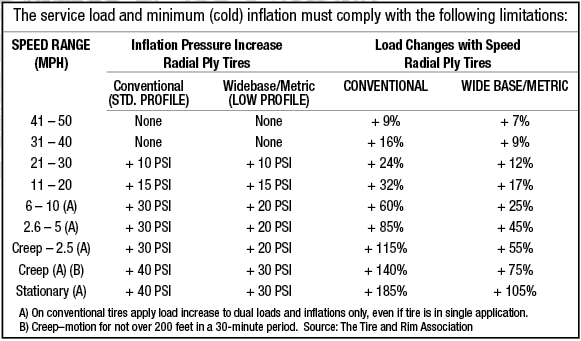
On top of the regular price paid for your tires, you may choose to add some extra warranty protection. With road hazard protection, you are covered if your tires get a hole or blow out.
However, you must be careful who you choose to get road hazard through. Not all companies are going to follow through on the agreement, leaving you paying for protection that doesn’t matter when something actually goes wrong.
6. Wheel AlignmentWhen your new tires are installed, you will need to get a wheel alignment. Having properly aligned tires ensures that they last as long as possible.
You might pay between $75 and $200 to have the wheels aligned, depending on how many need to be done. However, this money can be seen as an investment, ensuring that your tires continue to provide reliable transportation.
How to Save Money on Tires1. Shop AroundThe most important factor is shopping around.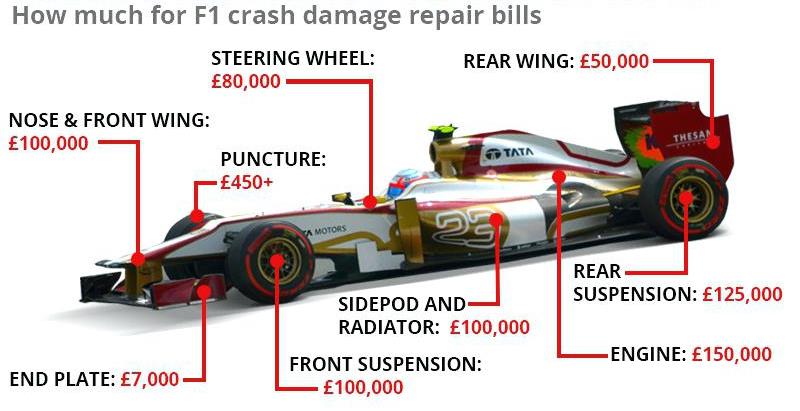 You can call one location and get a price on a particular set of tires, and the cost will be completely different somewhere else, even though they are the same tires.
You can call one location and get a price on a particular set of tires, and the cost will be completely different somewhere else, even though they are the same tires.
When you are shopping around, keep a couple of costs in mind. You will have the cost of the tires, the cost of installation and any fees that the company charges. Ask for the “out the door” price, so you can compare it apples-to-apples.
RELATED: How Much Do Rims Cost?
2. Watch for SalesYou can get a great deal if you shop during a sale. Of course, it’s not always convenient to wait for the next sale, but if you have some time before the tires need to be changed, this is a great way to save.
Throughout the year, tire shops will offer various sales. You can take advantage of a Buy 3, Get 1 Free deal or enjoy a certain percentage off. Most tire sales correspond with holidays, so you can tell when one might be around the corner.
3. Take Advantage of RebatesTire shops don’t often make a whole lot on the tire, so discounts can be limited. However, the manufacturers are happy to offer rebates throughout the year.
However, the manufacturers are happy to offer rebates throughout the year.
Most of the rebates are through the mail but can be found online. Additionally, the tire shops have the inside scoop on what’s available, so be sure to ask.
4. Ask about TakeoffsIt’s not always wise to purchase used tires, but the takeoff is something entirely different. These tires were installed brand-new and only used for a couple of days before the customer decided they didn’t want them.
It could be that the client didn’t appreciate the ride or simply decided they wanted something better. Either way, the tire shop will offer the replacement tires at a discounted price, so be sure to ask what’s available, especially if you use a popular tire size.
5. Use All-Season TiresIf you live in a cold climate where a lot of snow falls, you might have two sets of tires. Most people in these regions use summer and winter tires. With two sets of tires, you have a lot more money out, especially every time you need to have them switched.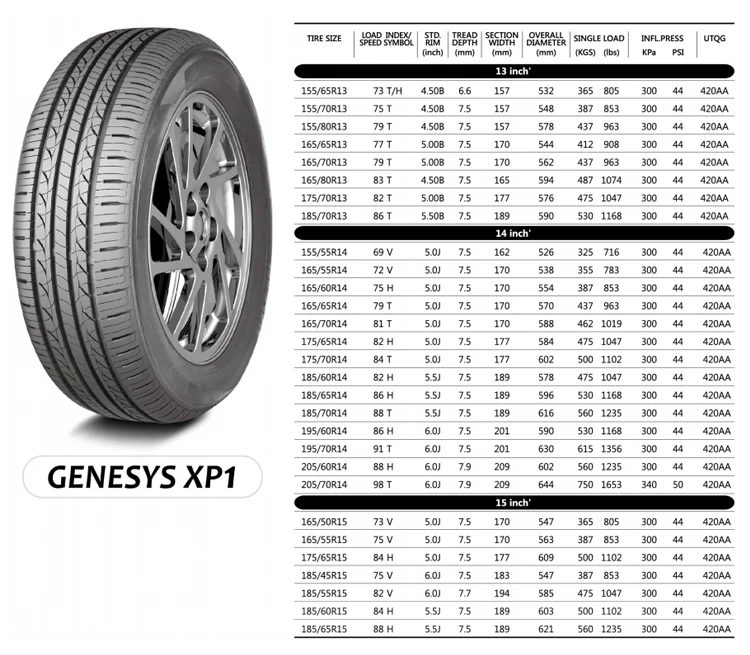
If you aren’t actually driving in the snow, it might be better to use all-season tires throughout the year. While these aren’t going to get you through deep snow, there’s no sense in spending more for something you don’t need. Evaluate your options and see if you can stick to using one set all year long.
RELATED: 10 Best All-Season Tires – Review & Buyer’s Guide
The lifespan of a tire will depend on the type of tire, the type of driving you do, and the climate. Generally, tires last between 50,000 and 80,000 miles and 6 years. If you drive a lot in city traffic and brake a lot or live in a hot climate, your tires may wear out sooner. If you often drive around with low tire pressure or a bad wheel alignment, they may also wear down sooner.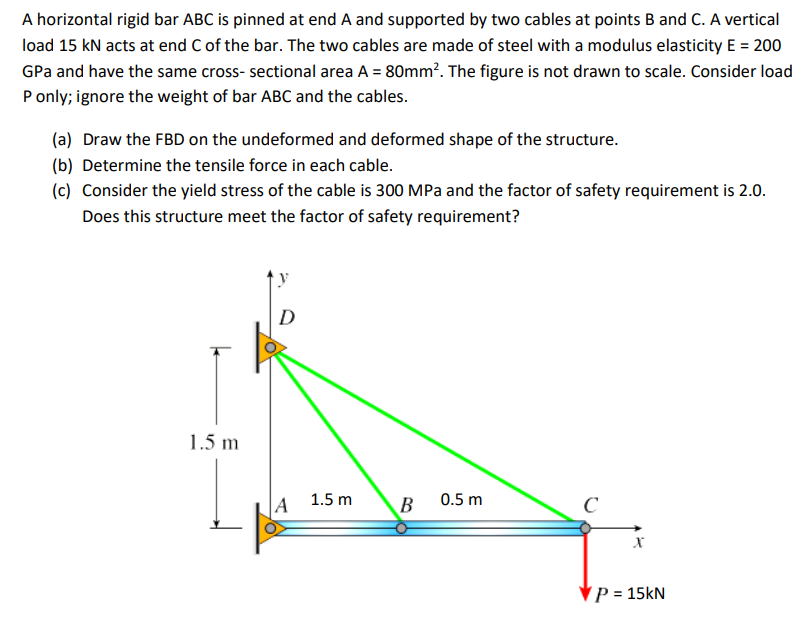
If your tire tread depth is close to 2/32” or under, it’s definitely time to replace them. Most tire manufacturers recommend replacing tires every 6 years, regardless of the number of miles driven. This is because tire rubber degrades over time, even if the tires are not used. Tires that are more than 6 years old should be inspected by a professional to determine if they are safe to use.
If your car is two-wheel-drive, it’s fine to replace two tires on the same axle instead of four, although you need to consider that your car will handle differently with two new tires than with four. If you are replacing two tires, it is best to put the new or best tires on the rear axle, as this will improve traction and stability.
On many 4WD and AWD cars, however, the diameter of the tires must match, otherwise, you can damage the transmission or the differential. Therefore, it is recommended to replace all four tires on 4WD cars, and it’s a requirement for many car brands like BMW and Audi.
You need to read the tire dimensions on your old tires and take them to the tire shop. You can also call your authorized dealer or check your owner’s manual if the wheels are stock.
Categories: Tires, Estimator
(831) 262-1-262 retail
(831) 262-1-176 for legal persons
[email protected]
Width:
- doesn't matter -135155165175185195205215225235245255265275285295303053131532325333537
Profile:
- not important -010.511.512.53035404550556065707580859.590
Diameter:
Availability >=:
12345678
12Sorting:
Price ↑Price ↓
CORDIANT SPORT 3 (PS-2)
225/65 R17
Show availability, apply for a loan, installment plan
Item No.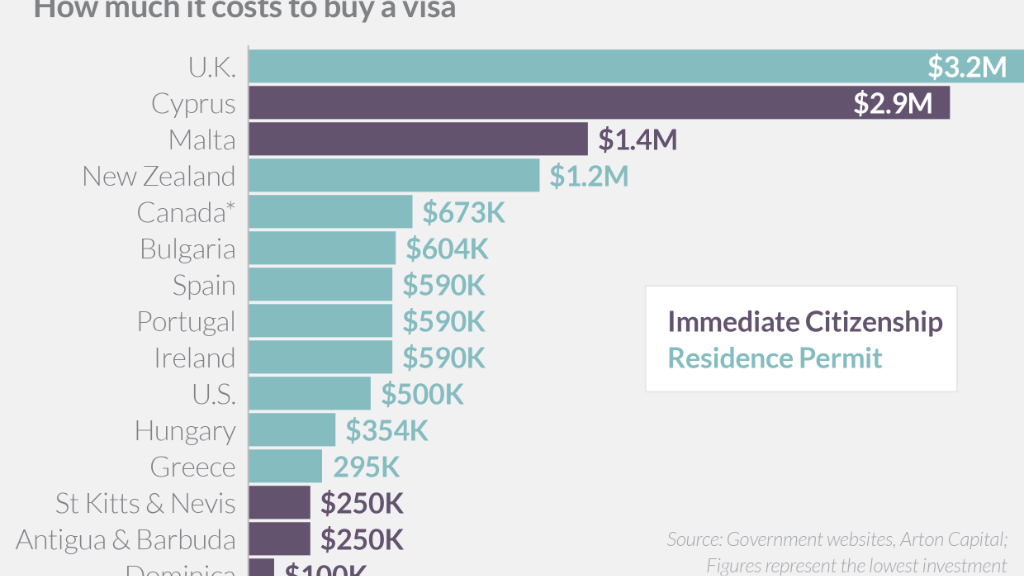 : 30492
: 30492
Code: 1358813115
Size: 225/65 R17
Type: Summer
Index g/n: 106
Speed index: H
Larina, 19A 12 pcs.
Rayevsky, 2A 4 pcs.
6830
CORDIANT SPORT 3 (PS-2)
225/55 R16
Show availability, apply for a loan, installment plan
Item No: 100003977
Article: 474770972
Size: 225/55 R16
Type: Summer
Load index: 95
Speed index: V
Larina, 19A 12 pcs.
7550
CORDIANT COMFORT 2
265/60 R18
Show availability, apply for a loan, installment plan
Item No: 100020219
Code: 732068526
Size: 265/60 R18
Type: Summer
Load index: 114
Speed index: H
Larina, 19A 8 pcs.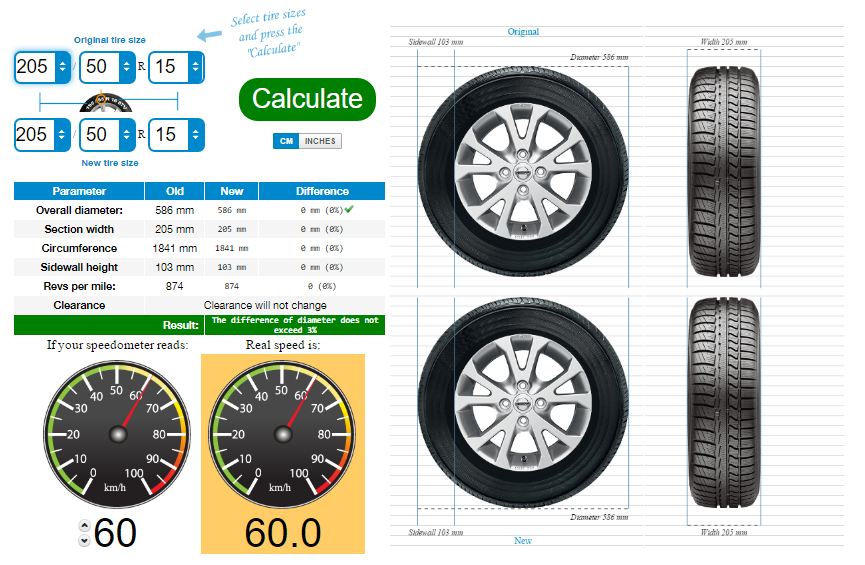
Rayevsky, 2A 4 pcs.
10870
CORDIANT COMFORT 2
215/65 R16
Show availability, apply for a loan, installment plan
Item No: 31898
Code: 732076982
Size: 215/65 R16
Type: Summer
Load index: 102
Speed index: H
Larina, 19A >12 pcs.
Kominterna, 47B 4 pcs.
Rayevsky, 2A 8 pcs.
Trunk, 26 (Kstovo) 4 pcs.
6610
CORDIANT COMFORT 2
215/70 R16
Show availability, apply for a loan, installment plan
Item No.: 30497
Code: 732066249
Size: 215/70 R16
Type: Summer
Load index: 104
Speed index: T
Larina, 19A 5 pcs.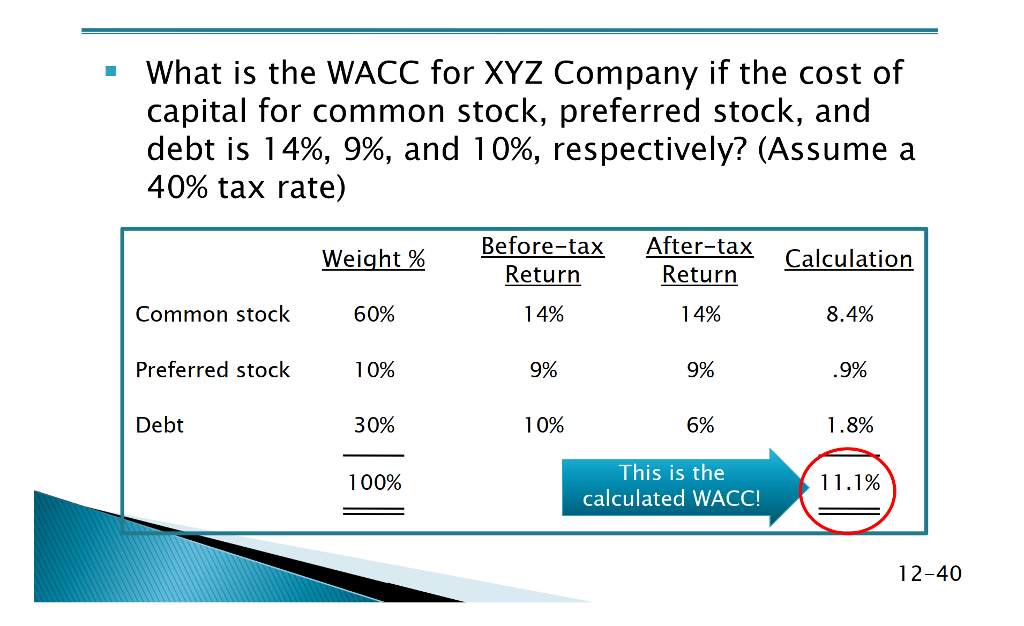
Kominterna, 47B 4 pcs.
Rayevsky, 2A 4 pcs.
7290
PIRELLI P7 CINTURATO
245/55 R17
Show availability, apply for a loan, installment plan
Item No.: 16083
Article: 2010200
Size: 245/55 R17
Type: Summer
Index g/n: 102
Speed index: V R-F
Larina, 19A 1 pc.
1630
LANVIGATOR COMFORT 2
155/70 R13
Show availability, apply for a loan, installment plan
Item No: 100025755
Code: 1018094
Size: 155/70 R13
Type: Summer
Load index: 75
Speed index: T
Ivlieva, 22A 4 pcs.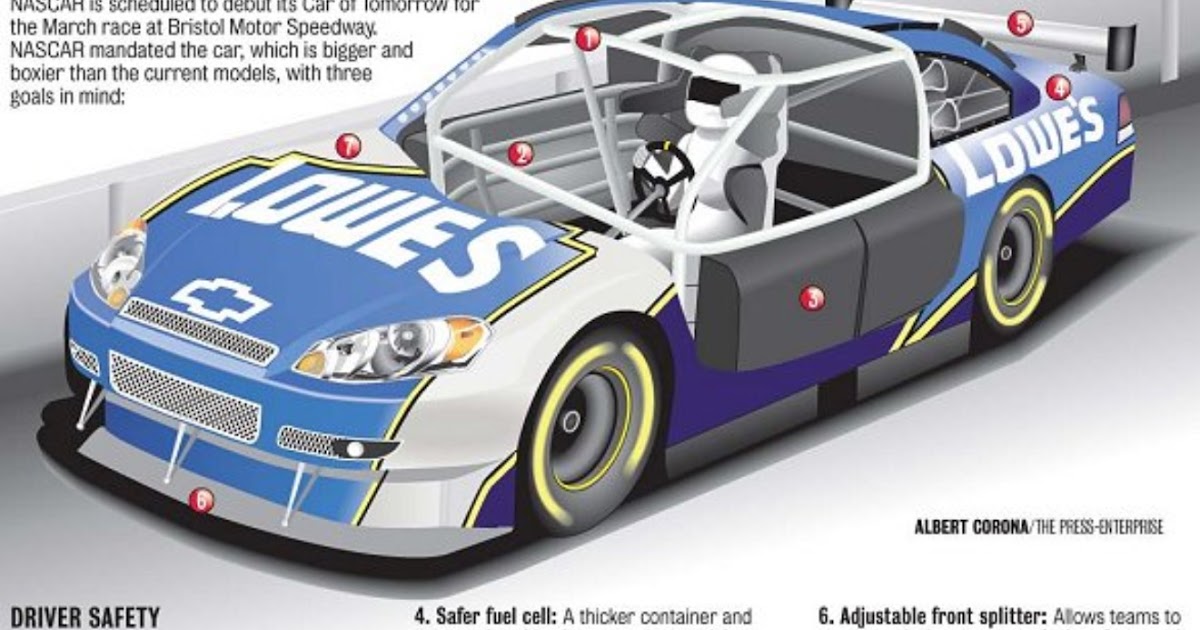
Rayevsky, 2A 4 pcs.
2200
HANKOOK RADIAL RA18
195/ R15C
Show availability, apply for a loan, installment plan
Item No: 100001520
Code: 2001948
Size: 195/ R15C
Type: Summer
Load index: 106/104
Speed index: R
Larina, 19A 1 pc.
2210
ROYAL BLACK ROYAL COMFORT
155/65 R13
Show availability, apply for a loan, installment plan
Item No: 100026238
Code: 1014962
Size: 155/65 R13
Type: Summer
Load index: 73
Speed index: T
Rayevsky, 2A 4 pcs.
Trunk, 26 (Kstovo) 4 pcs.
2250
CORDIANT COMFORT 2
185/65 R14
Show availability, apply for a loan, installment plan
Item No.: 100022096
Size: 185/65 R14
Type: Summer
Load index: 90
Speed index: H
Larina, 19A 1 pc.
2500
NKShZ Kama 365 (NK-241)
175/70 R13
Show availability, apply for a loan, installment plan
Item No.: 100014449
Code: 1150016
Size: 175/70 R13
Type: Summer
Larina, 19A 1 pc.
Ivlieva, 22A 4 pcs.
Trunk, 26 (Kstovo) 1 pc.
2750
LANVIGATOR COMFORT 2
185/60 R14
Show availability, apply for a loan, installment plan
Item No: 100025758
Code: 1018004
Size: 185/60 R14
Type: Summer
Load index: 82
Speed index: H
Raevsky, 2A 2 pcs.
2800
TUNGA ZODIAK_2 PS-7
175/65 R14
Show availability, apply for a loan, installment plan
Item No: 19933
Code: 686201181
Size: 175/65 R14
Type: Summer
Load index: 86
Speed index: T
Larina, 19A >12 pcs.
Kominterna, 47B 8 pcs.
Electric locomotive, 7A 6 pcs.
Rayevsky, 2A 7 pcs.
Kima, 75A 2 pcs.
Road, 66 (Pavlovo) 4 pcs.
Trunk, 26 (Kstovo) 8 pcs.
2820
TUNGA ZODIAK_2 PS-7
175/70 R13
Show availability, apply for a loan, installment plan
Item No: 19932
Article: 742205913
Size: 175/70 R13
Type: Summer
Load index: 86
Speed index: T
Larina, 19A >12 pcs.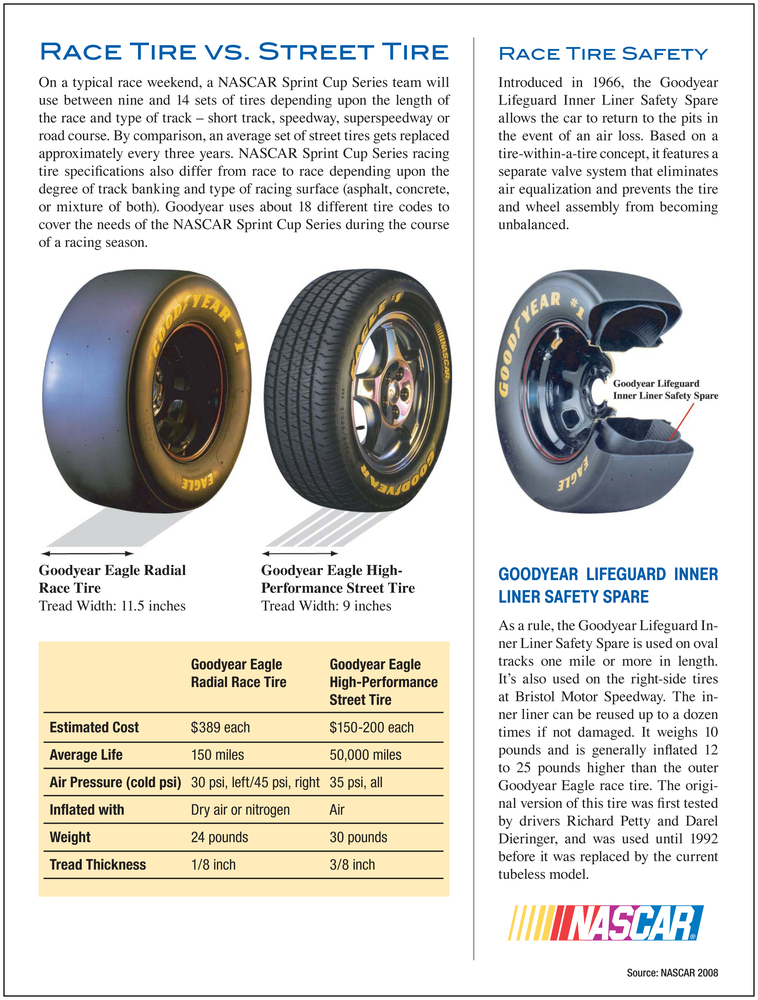
Ivlieva, 22A 4 pcs.
Electric locomotive, 7A 4 pcs.
Rayevsky, 2A >12 pcs.
Kima, 75A 4 pcs.
Road, 66 (Pavlovo) >12 pcs.
Trunk, 26 (Kstovo) 4 pcs.
2870
NKShZ Kama 365 (NK-241)
175/65 R14
Show availability, apply for a loan, installment plan
Item No: 41570
Code: 1150012
Size: 175/65 R14
Type: Summer
Load index: 82
Speed index: H
Larina, 19A >12 pcs.
Kominterna, 47B 8 pcs.
Ivlieva, 22A 6 pcs.
Electric locomotive, 7A 12 pcs.
Rayevsky, 2A 4 pcs.
Kima, 75A 8 pcs.
Road, 66 (Pavlovo) 4 pcs.
2930
PIRELLI ZERO ROSSO
275/45 R19
Show availability, apply for a loan, installment plan
Item No: 13754
Code: 1688600
Size: 275/45 R19
Type: Summer
Load index: 108
Speed index: Y XL
Larina, 19A 1 pc.
2940
LANVIGATOR MILE MAX
155/ R12C
Show availability, apply for a loan, installment plan
Item No: 100025714
Code: 1011286
Size: 155/ R12C
Type: Summer
Load index: 88/86
Speed index: Q
Larina, 19A 4 pcs.
3000
TUNGA ZODIAK_2 PS-7
185/60 R14
Show availability, apply for a loan, installment plan
Item No: 19934
Article: 742205934
Size: 185/60 R14
Type: Summer
Load index: 86
Speed index: T
Larina, 19A >12 pcs.
Kominterna, 47B 4 pcs.
Ivlieva, 22A 10 pcs.
Electric locomotive, 7A 7 pcs.
Rayevsky, 2A 8 pcs.
Road, 66 (Pavlovo) >12 pcs.
Trunk, 26 (Kstovo) 9 pcs.
Route R158, 102 km (Arzamas) 2 pcs.
3030
NKShZ Kama 365 (NK-241)
185/70 R14
Show availability, apply for a loan, installment plan
Item No: 100026127
Code: 1150015
Size: 185/70 R14
Type: Summer
Load index: 88
Speed index: T
Larina, 19A 12 pcs.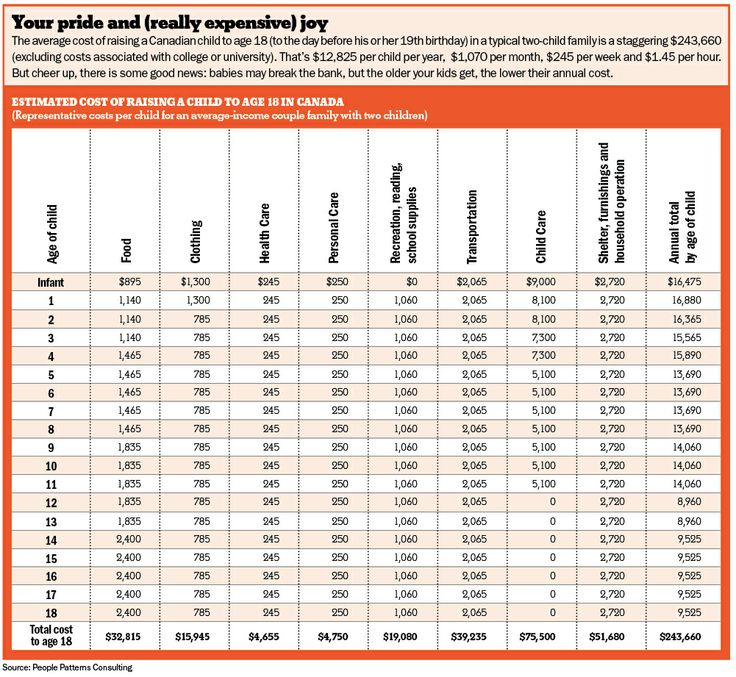
Kominterna, 47B 4 pcs.
Ivlieva, 22A 4 pcs.
Electric locomotive, 7A 4 pcs.
Rayevsky, 2A 4 pcs.
Road, 66 (Pavlovo) 2 pcs.
Trunk, 26 (Kstovo) 8 pcs.
3050
LANVIGATOR COMFORT 2
185/65 R14
Show availability, apply for a loan, installment plan
Item No.: 100025760
Code: 1017987
Size: 185/65 R14
Type: Summer
Load index: 86
Speed index: H
Electric locomotive, 7A 5 pcs.
Kima, 75A 4 pcs.
3100
LANVIGATOR COMFORT 2
185/65 R15
Show availability, apply for a loan, installment plan
Item No.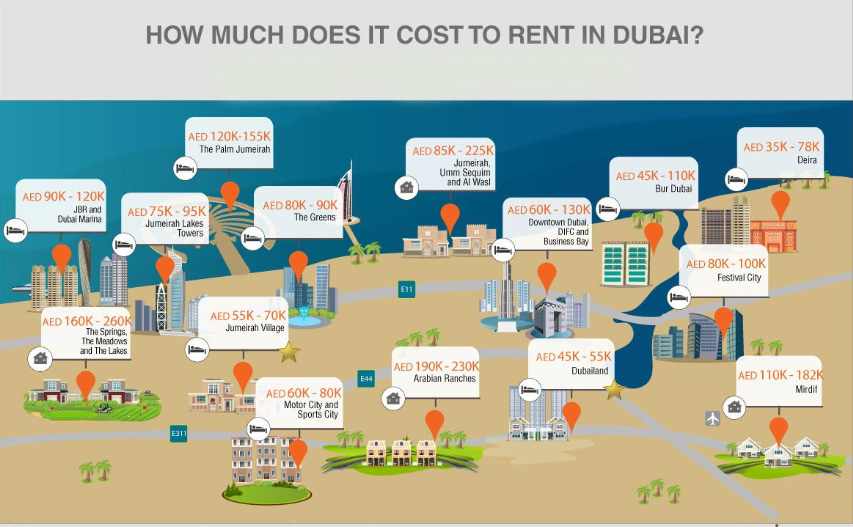 : 100025971
: 100025971
Code: 1018421
Size: 185/65 R15
Type: Summer
Load index: 92
Speed index: T XL
Larina, 19A 5 pcs.
Kominterna, 47B >12 pcs.
Electric locomotive, 7A 8 pcs.
Rayevsky, 2A 8 pcs.
Kima, 75A 2 pcs.
Route R158, 102 km (Arzamas) 2 pcs.
3100
KAMA Breeze-132
195/65 R15
Show availability, apply for a loan, installment plan
Item No: 100014969
Code: 1110007
Size: 195/65 R15
Type: Summer
Load index: 91
Speed index: H
Larina, 19A >12 pcs.
3175
TUNGA ZODIAK_2 PS-7
185/65 R15
Show availability, apply for a loan, installment plan
Item No: 19937
Article: 686201306
Size: 185/65 R15
Type: Summer
Load index: 92
Speed index: T
Kominterna, 47B 4 pcs.
Ivlieva, 22A 6 pcs.
Rayevsky, 2A 8 pcs.
Kima, 75A 4 pcs.
Road, 66 (Pavlovo) 6 pcs.
3210
LANVIGATOR COMFORT 2
185/60 R15
Show availability, apply for a loan, installment plan
Item No: 100025969
Code: 1017973
Size: 185/60 R15
Type: Summer
Index g/n: 84
Speed index: H
Larina, 19A 12 pcs.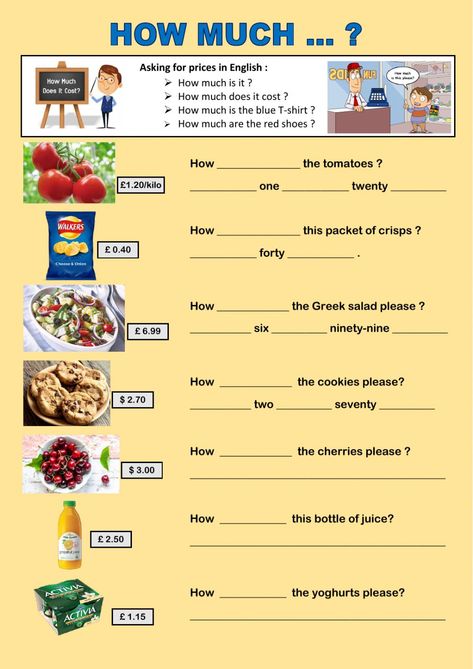
Kominterna, 47B 4 pcs.
Electric locomotive, 7A 4 pcs.
Rayevsky, 2A 4 pcs.
Route R158, 102 km (Arzamas) 4 pcs.
3215
LANVIGATOR COMFORT 2
185/60 R15
Show availability, apply for a loan, installment plan
Item No.: 100025970
Code: 1018420
Size: 185/60 R15
Type: Summer
Load index: 88
Speed index: H XL
Trunk, 26 (Kstovo) 8 pcs.
3215
CORDIANT ROAD_RUNNER PS-1
155/70 R13
Show availability, apply for a loan, installment plan
Item No: 17346
Code: 457442784
Size: 155/70 R13
Type: Summer
Load index: 75
Speed index: T
Larina, 19A >12 pcs.
Kominterna, 47B 4 pcs.
Ivlieva, 22A 4 pcs.
Rayevsky, 2A 4 pcs.
3220
TUNGA ZODIAK_2 PS-7
185/65 R14
Show availability, apply for a loan, installment plan
Item No: 19935
Code: 686201297
Size: 185/65 R14
Type: Summer
Load index: 90
Speed index: T
Larina, 19A >12 pcs.
Kominterna, 47B 4 pcs.
Ivlieva, 22A 4 pcs.
Electric locomotive, 7A 8 pcs.
Rayevsky, 2A 2 pcs.
Kima, 75A 4 pcs.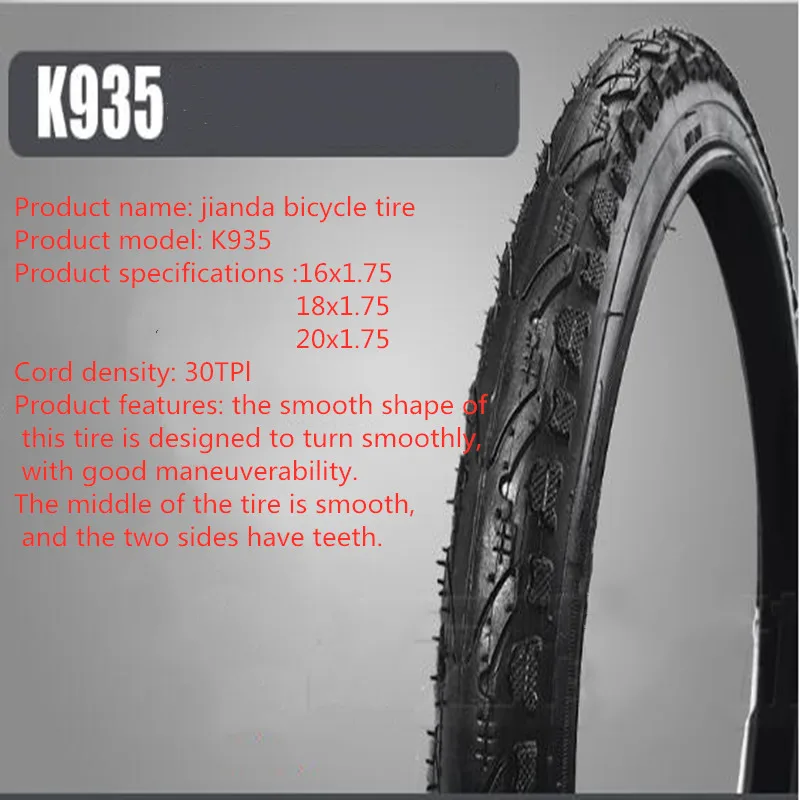
Road, 66 (Pavlovo) 8 pcs.
Trunk, 26 (Kstovo) 2 pcs.
3240
LANVIGATOR COMFORT 2
195/65 R15
Show availability, apply for a loan, installment plan
Item No: 100025977
Code: 1018397
Size: 195/65 R15
Type: Summer
Load index: 91
Speed index: H
Larina, 19A >12 pcs.
Kominterna, 47B 8 pcs.
Ivlieva, 22A 8 pcs.
Electric locomotive, 7A 4 pcs.
Rayevsky, 2A 12 pcs.
Trunk, 26 (Kstovo) 4 pcs.
3260
CORDIANT ROAD_RUNNER PS-1
175/70 R13
Show availability, apply for a loan, installment plan
Item No. : 17315
: 17315
Code: 355815573
Size: 175/70 R13
Type: Summer
Load index: 82
Speed index: H
Larina, 19A >12 pcs.
Kominterna, 47B 4 pcs.
Ivlieva, 22A 8 pcs.
Electric locomotive, 7A 4 pcs.
Rayevsky, 2A 4 pcs.
Kima, 75A 4 pcs.
Road, 66 (Pavlovo) 3 pcs.
Trunk, 26 (Kstovo) 6 pcs.
3280
ROYAL BLACK ROYAL A/S
185/70 R14
Show availability, apply for a loan, installment plan
Item No: 100026239
Code: 1016537
Size: 185/70 R14
Type: Summer
Load index: 88
Speed index: H
Larina, 19A 4 pcs.
Ivlieva, 22A 2 pcs.
Trunk, 26 (Kstovo) 4 pcs.
3300
TUNGA ZODIAK_2 PS-7
195/65 R15
Show availability, apply for a loan, installment plan
Item No: 19938
Code: 742205923
Size: 195/65 R15
Type: Summer
Load index: 95
Speed index: T
Larina, 19A >12 pcs.
Kominterna, 47B 4 pcs.
Ivlieva, 22A 12 pcs.
Electric locomotive, 7A 4 pcs.
Kima, 75A 4 pcs.
Trunk, 26 (Kstovo) 2 pcs.
3340
CORDIANT COMFORT 2
175/70 R13
Show availability, apply for a loan, installment plan
Item No: 30501
Code: 650852099
Size: 175/70 R13
Type: Summer
Load index: 86
Speed index: H
Larina, 19A >12 pcs.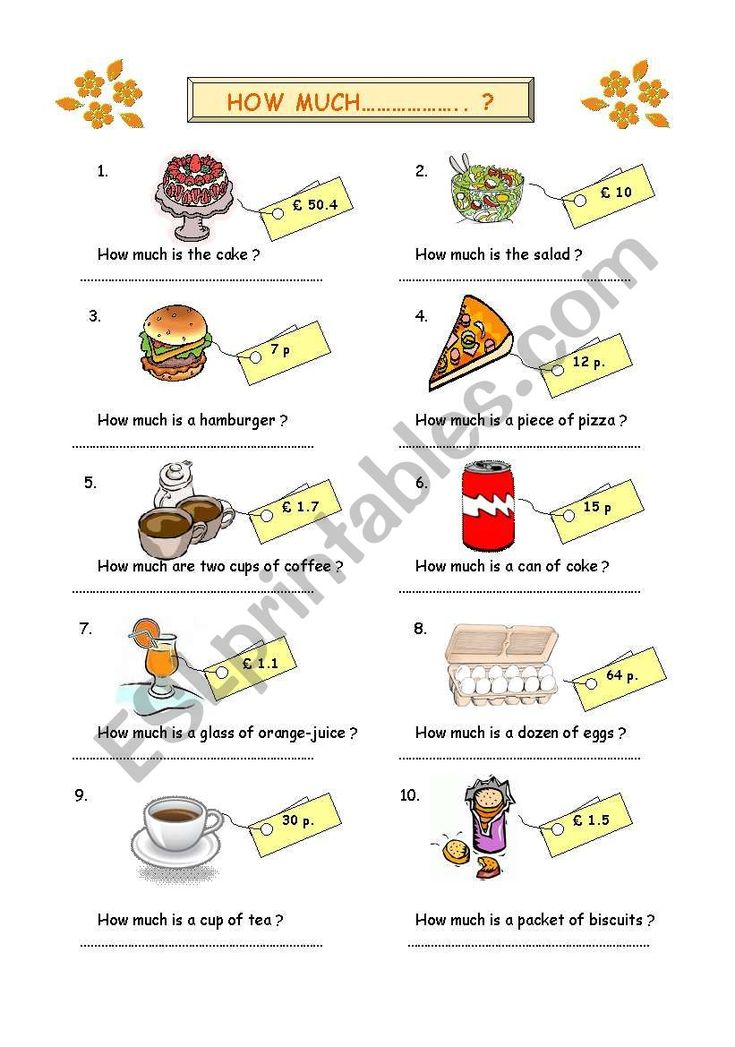
Kominterna, 47B 4 pcs.
Ivlieva, 22A 8 pcs.
Electric locomotive, 7A 4 pcs.
Rayevsky, 2A 4 pcs.
Kima, 75A 4 pcs.
Road, 66 (Pavlovo) >12 pcs.
Trunk, 26 (Kstovo) 8 pcs.
Route R158, 102 km (Arzamas) 4 pcs.
3380
NKShZ Kama 365 (NK-241)
205/55 R16
Show availability, apply for a loan, installment plan
Item No: 100021656
Code: 1150023
Size: 205/55 R16
Type: Summer
Load index: 91
Speed index: H
Larina, 19A 10 pcs.
Kominterna, 47B 4 pcs.
Ivlieva, 22A 4 pcs.
Electric locomotive, 7A 4 pcs.
Road, 66 (Pavlovo) 8 pcs.
Trunk, 26 (Kstovo) 10 pcs.
3400
LANVIGATOR COMFORT 2
185/55 R15
Show availability, apply for a loan, installment plan
Item No: 100025769
Code: 1017977
Size: 185/55 R15
Type: Summer
Load index: 82
Speed index: V
Larina, 19A >12 pcs.
Kominterna, 47B 8 pcs.
Ivlieva, 22A 4 pcs.
Electric locomotive, 7A 4 pcs.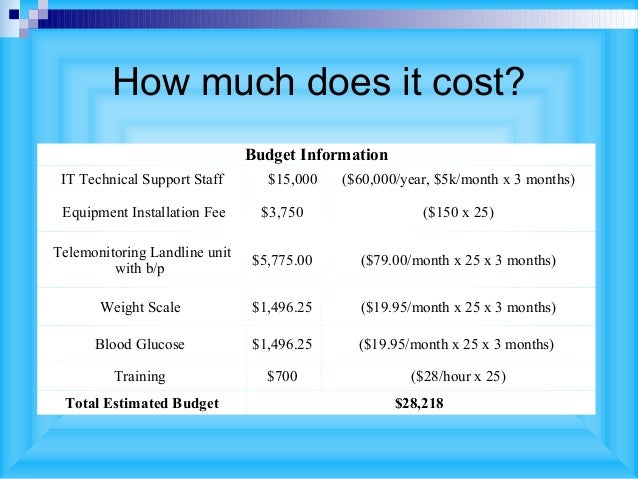
Rayevsky, 2A 4 pcs.
Road, 66 (Pavlovo) 4 pcs.
3400
CORDIANT ROAD_RUNNER
175/65 R14
Show availability, apply for a loan, installment plan
Item No: 30860
Code: 1305232007
Size: 175/65 R14
Type: Summer
Load index: 82
Speed index: H
Larina, 19A >12 pcs.
Kominterna, 47B 8 pcs.
Kima, 75A 4 pcs.
Road, 66 (Pavlovo) 8 pcs.
Trunk, 26 (Kstovo) 8 pcs.
3440
CORDIANT ROAD_RUNNER
185/60 R14
Show availability, apply for a loan, installment plan
Item No: 30861
Code: 1305232055
Size: 185/60 R14
Type: Summer
Load index: 82
Speed index: H
Larina, 19A >12 pcs.
Kominterna, 47B 8 pcs.
Ivlieva, 22A 4 pcs.
Electric locomotive, 7A 12 pcs.
Road, 66 (Pavlovo) 8 pcs.
3450
LANVIGATOR COMFORT 2
195/50 R15
Show availability, apply for a loan, installment plan
Item No: 100025974
Code: 1018057
Size: 195/50 R15
Type: Summer
Load index: 82
Speed index: V
Rayevsky, 2A 4 pcs.
3470
LANVIGATOR COMFORT 1
195/60 R15
Show availability, apply for a loan, installment plan
Item No.: 100025966
Code: 1014879
Size: 195/60 R15
Type: Summer
Load index: 88
Speed index: H
Larina, 19A 2 pcs.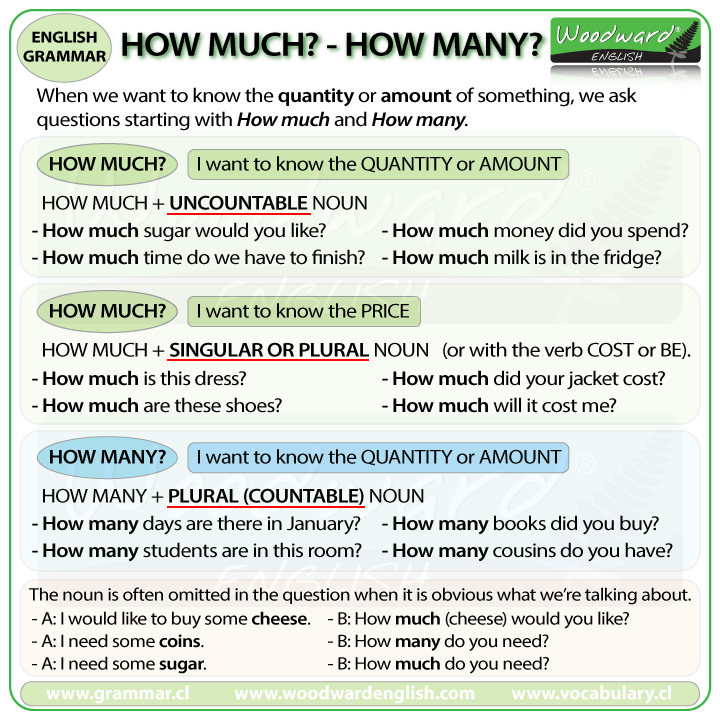
3520
LANVIGATOR COMFORT 2
195/60 R15
Show availability, apply for a loan, installment plan
Item No: 100025976
Code: 1018001
Size: 195/60 R15
Type: Summer
Load index: 88
Speed index: H
Kominterna, 47B 4 pcs.
Electric locomotive, 7A 4 pcs.
Rayevsky, 2A 4 pcs.
Kima, 75A 4 pcs.
Trunk, 26 (Kstovo) 12 pcs.
3520
TUNGA ZODIAK_2 PS-7
185/70 R14
Show availability, apply for a loan, installment plan
Item No: 19936
Article: 686203937
Size: 185/70 R14
Type: Summer
Load index: 92
Speed index: T
Larina, 19A >12 pcs.
Kominterna, 47B 4 pcs.
Ivlieva, 22A 8 pcs.
Electric locomotive, 7A 8 pcs.
Rayevsky, 2A 12 pcs.
Kima, 75A 4 pcs.
Road, 66 (Pavlovo) >12 pcs.
Trunk, 26 (Kstovo) 12 pcs.
Route R158, 102 km (Arzamas) 4 pcs.
3540
CORDIANT COMFORT 2
175/65 R14
Show availability, apply for a loan, installment plan
Item No: 30502
Code: 650852166
Size: 175/65 R14
Type: Summer
Load index: 86
Speed index: H
Larina, 19A >12 pcs.
Rayevsky, 2A 4 pcs.
Kima, 75A 4 pcs.
Road, 66 (Pavlovo) 8 pcs.
Trunk, 26 (Kstovo) 8 pcs.
Route R158, 102 km (Arzamas) 4 pcs.
3550
03/01/2022 - 12/31/2023
Our store gives a classification that describes summer tires. Depending on the geometry of the tread, car tires are divided into non-directional, symmetrical or directional and asymmetric.
1. Non-directional. The non-directional pattern runs symmetrically with respect to the radial surface of the wheel. For summer tires, this tread is traditional and is used in the manufacture of most car tires. Since the direction of rotation does not affect the characteristics of non-directional tires, they can be put on a car arbitrarily.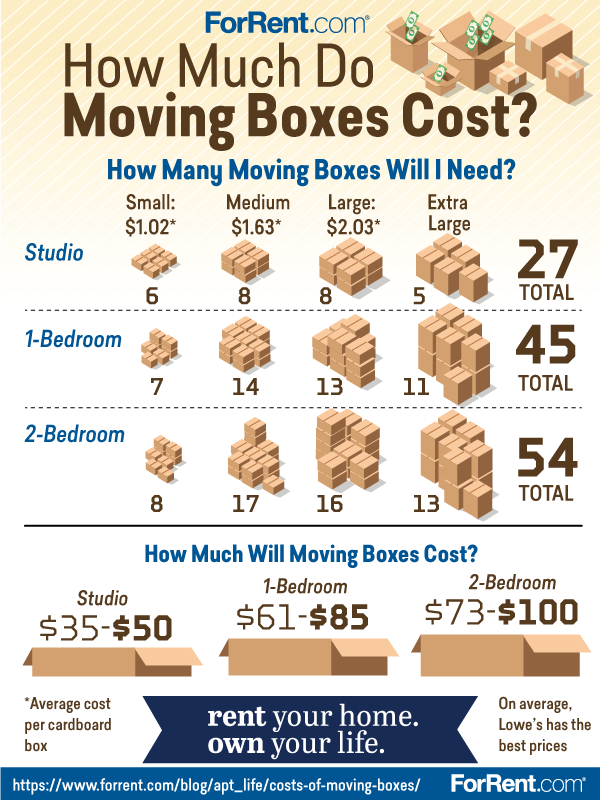 They are commonly used on paved road surfaces and light off-road conditions. As a rule, these are summer tires. The price of rubber made using these technologies is low. An example is cheap tires.
They are commonly used on paved road surfaces and light off-road conditions. As a rule, these are summer tires. The price of rubber made using these technologies is low. An example is cheap tires.
2. Directed. The directional tread pattern runs symmetrically to the central plane of rotation of the wheel, which runs in the middle of the tread. This type of tires is effective when traveling on rough terrain. It is convenient to remove dirt, slush, loose snow, etc. from tires with such a pattern. Typically, such a pattern is applied to the treads of rain, winter and off-road tires of the MT type. When installing such tires on a car, you need to follow the inscriptions on the wheels. So, the inscription Rotation indicates the direction of rotation, Outside - the outside, Inside - the inside. Directional tires, depending on the type, can be used on any road.
3. Asymmetrical. The asymmetric tread pattern is not symmetrical to the central plane of rotation of the wheel, which runs in the middle of the tread.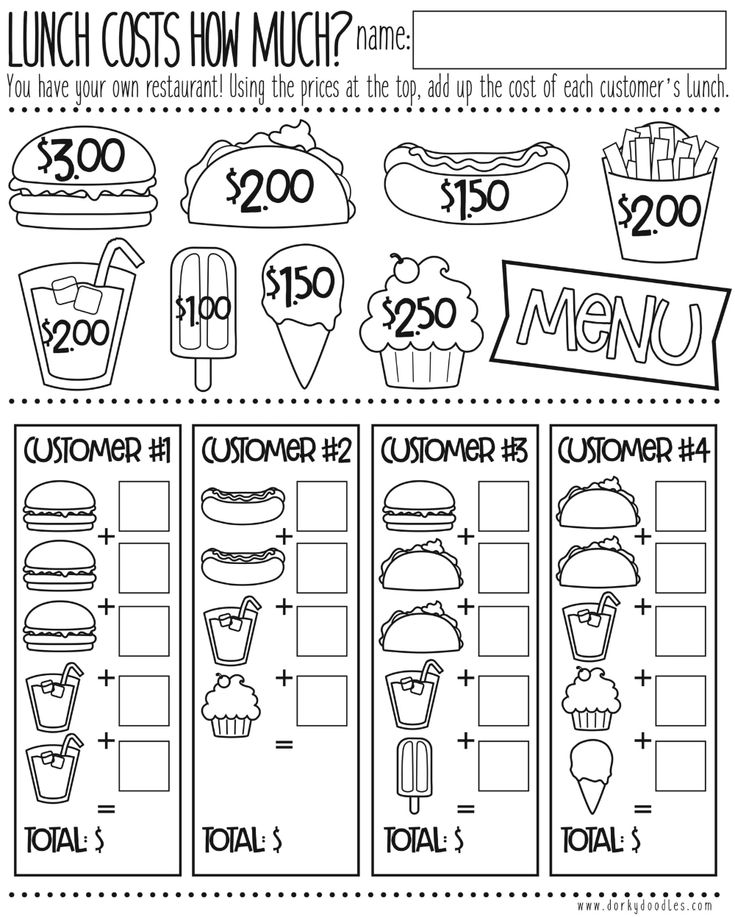 This pattern is used to create diametrically opposite properties in tires: for example, one part of the tire guarantees good contact with a dry road surface, the other with a wet one. Typically, this type of pattern is applied to high-speed summer and winter tires. When installing such tires on a car, you need to follow the inscriptions. So, the inscription Rotation indicates the direction of rotation, Outside - the outside, Inside - the inside. Asymmetric tires are recommended for use on hard pavement.
This pattern is used to create diametrically opposite properties in tires: for example, one part of the tire guarantees good contact with a dry road surface, the other with a wet one. Typically, this type of pattern is applied to high-speed summer and winter tires. When installing such tires on a car, you need to follow the inscriptions. So, the inscription Rotation indicates the direction of rotation, Outside - the outside, Inside - the inside. Asymmetric tires are recommended for use on hard pavement.
Summer tires usually have several well-defined longitudinal grooves for water drainage and narrower transverse grooves. The tread blocks are solid, clear, without cuts, the transition from the sidewall of the tire to the tread is smooth, round, without lugs. On "rain" summer tires, a clearly defined, directional V-shaped tread pattern is applied. They are designed for safe driving in rainy weather.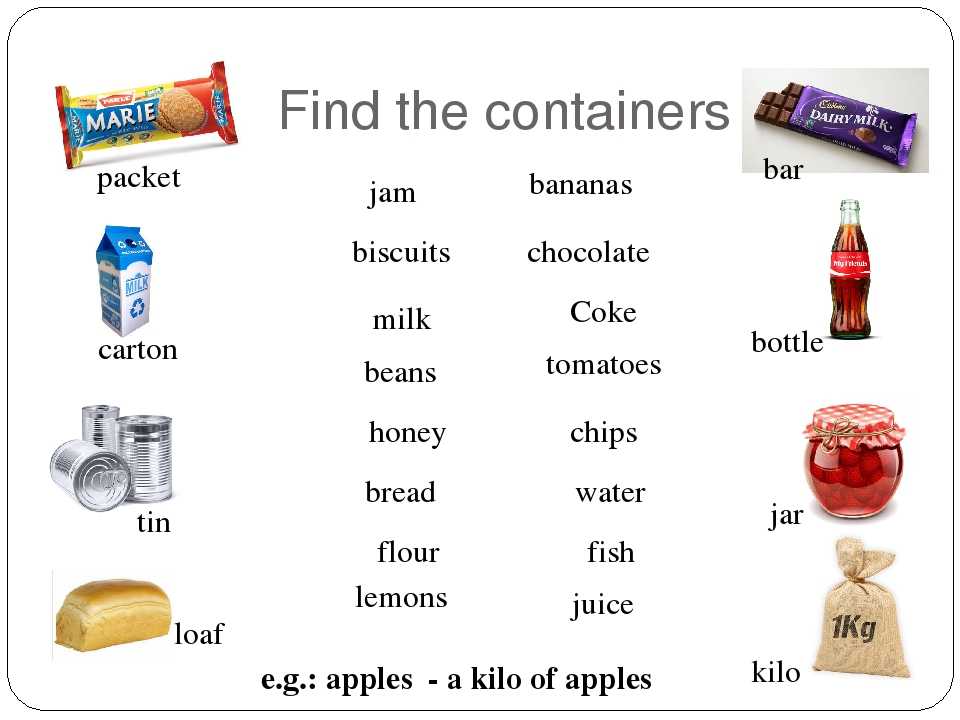 Summer tires with a speed index up to 210 km/h are usually tires with a non-directional tread pattern, and those with an index over 210 km/h are with a directional or asymmetric tread pattern. This type of summer tire has excellent wear resistance, maximum traction on the road surface (dry or wet) and is best suited for high speeds on paved roads almost all year round, except in winter, at temperatures above 7 degrees Celsius. All this ensures an acceptable cost of summer tires. An example is tires of an average price category.
Summer tires with a speed index up to 210 km/h are usually tires with a non-directional tread pattern, and those with an index over 210 km/h are with a directional or asymmetric tread pattern. This type of summer tire has excellent wear resistance, maximum traction on the road surface (dry or wet) and is best suited for high speeds on paved roads almost all year round, except in winter, at temperatures above 7 degrees Celsius. All this ensures an acceptable cost of summer tires. An example is tires of an average price category.
Summer tires are categorically not recommended for use in winter, because at low, negative temperatures, summer tires harden, lose their grip, and it becomes unsafe to ride them.
Editor's Note: You are in the new Formula 1 Grandstand blog.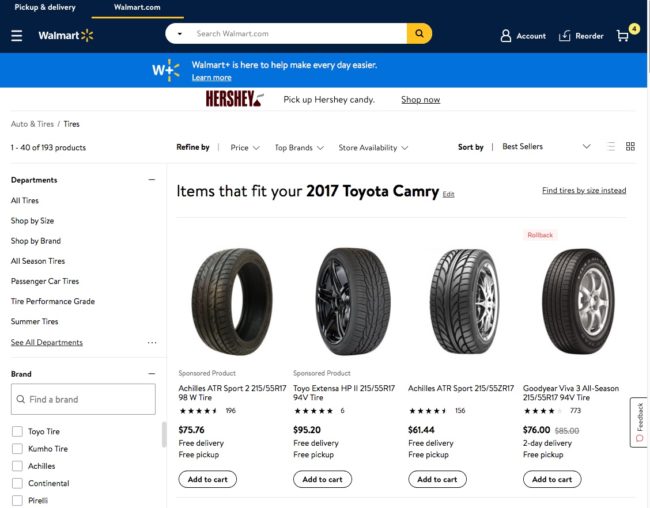 Exclusive interviews with former and current residents of the Formula 1 paddock are published here - you will not see such information in Russian anywhere else. Support the author with subscriptions and pluses!
Exclusive interviews with former and current residents of the Formula 1 paddock are published here - you will not see such information in Russian anywhere else. Support the author with subscriptions and pluses!
The head of the Pirelli racing division, Mario Isola, spoke about working as a Milan ambulance driver, a career in a tire company and the features of tires in Formula 1.
I started when I was 18, that is 32 years ago. To work in Italy in an ambulance, you need to take courses, pass several exams. I went through all the trainings and now I work with other guys: I myself conduct trainings for ambulance drivers in Lombardy. My night shift usually starts at 7pm, on weekdays at 5am, and on weekends at 7am. There are 150 volunteers in my association. We work weekly. But now, of course, more because of the situation in Milan. I usually work once a week, sometimes a little more.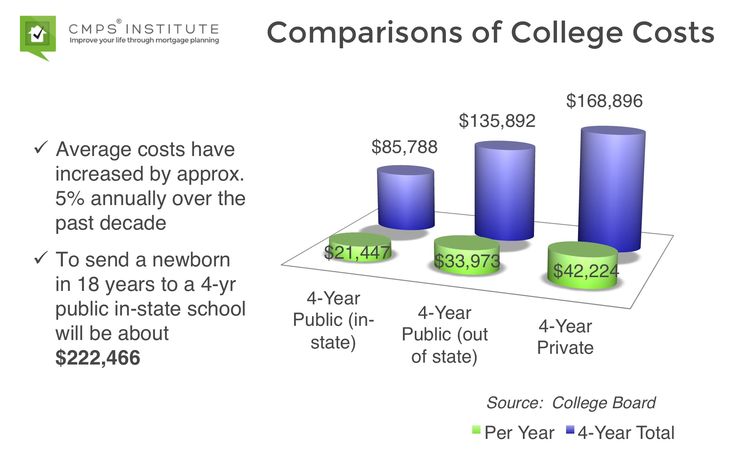
It's not about softness and hardness of rubber. This does not affect the final number of pit stops. Over the past few years, we have opted for softer tires, and the teams have moved to control the pace of the rider instead of increasing the number of pit stops in strategies. They simply ask the rider to slow down so that the tires last longer - this reduces the number of stops. Because when you go into the pits, you face the possibility of making a mistake during the pit stop. There is a risk of getting into traffic, which makes it more difficult to overtake, for example. So not only the softness of the rubber determines the number of pit stops in the race.
We also have to pay close attention to the softness of the tires: if you go too far, the driver will drive too slowly to stay on the strategy of one pit stop at any cost. So finding a way out of this situation is not very easy.
During pre-season testing in Barcelona, Mercedes used the DAS for many days. We analyzed all their tires, as well as the tires of the rest of the competitors, and did not find anything that would affect the rubber. Perhaps the Mercedes system reduces tire wear, but it certainly does not increase it.
Each team has one of our engineers. They cooperate with the team for two years, and then there is a rotation to avoid rapprochement. Because we have an obligation not only to provide everyone with the same product, but also the same service - and this is very important.
These engineers collect information about tire usage, laps, temperature and pressure. There is a whole list of data about the tires that were driven on the race weekend.
We have already started development of 18" wheels, but their implementation has been delayed until 2022.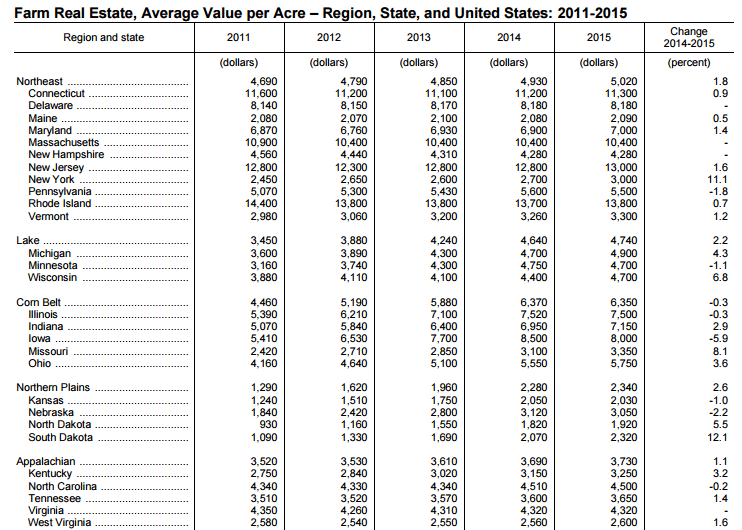 We had the first tests in September last year with the Renault team at Paul Ricard, then we tested there with McLaren, and then with Mercedes in Abu Dhabi. This year we had only one test - in Jerez with Ferrari - but I can say that now we have a common understanding of where to start development. The main thing is the composition and profile.
We had the first tests in September last year with the Renault team at Paul Ricard, then we tested there with McLaren, and then with Mercedes in Abu Dhabi. This year we had only one test - in Jerez with Ferrari - but I can say that now we have a common understanding of where to start development. The main thing is the composition and profile.
After the races in Jerez, we froze the development of 18-inch wheels - we will continue next year. So far, there is no new test plan for this year due to the current situation with the virus.
At the moment and in the next few years, Formula 1 will retain thermal covers. In them, the rear tires are heated to a temperature of about 80 degrees Celsius, and the front tires up to 100 degrees. The temperature in motion does not differ much from these values.
During the race, the temperature fluctuates between 100 and 120 degrees. And, of course, the indicators differ depending on the composition - each has its own operating temperature.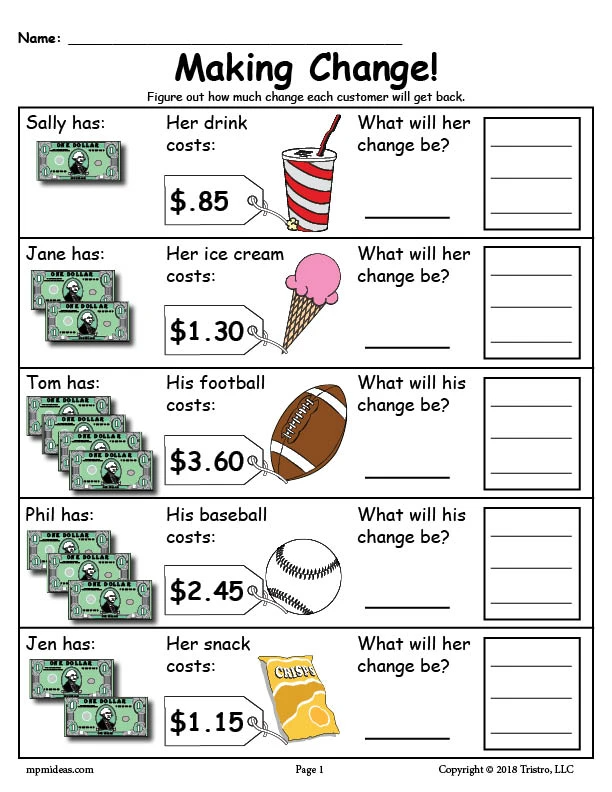 It is also the window of the maximum hold, the peak of adhesion. You can often hear teams talk about working range. The window from peak to traction loss of 3 percent is very roughly 30 degrees. This is the main problem. Because in fact, the goal of teams is to stay at the peak of adhesion. Because piloting at three percent grip outside of operating temperature costs a second per lap. The window that the teams are looking for is much, much narrower than the very three percent that is taken as an example.
It is also the window of the maximum hold, the peak of adhesion. You can often hear teams talk about working range. The window from peak to traction loss of 3 percent is very roughly 30 degrees. This is the main problem. Because in fact, the goal of teams is to stay at the peak of adhesion. Because piloting at three percent grip outside of operating temperature costs a second per lap. The window that the teams are looking for is much, much narrower than the very three percent that is taken as an example.
When you put a Formula 1 tire on a road car... The first problem is when the tire is cold the grip is very low. Second, if you can't make a tire work, it will slip, but it will live forever. The technologies that we develop for F1 are used in road tires because we study all kinds of materials a lot. We make virtual models, we study the production process.
It is clear that developments for Formula 1 are for Formula, and tires for ordinary cars are for ordinary roads.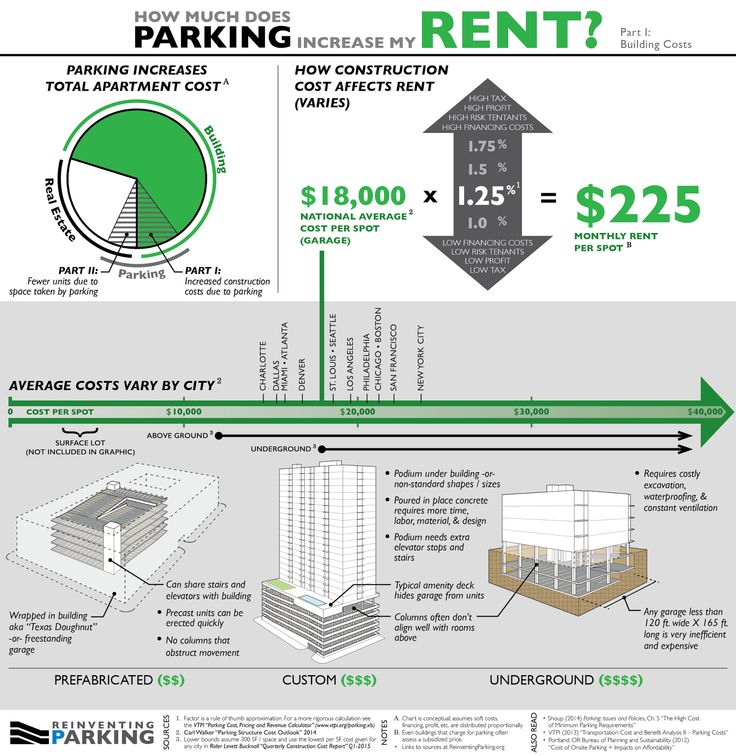 Different goals. In road cars, you think more about noise levels, about hydroplaning - there are many other elements that you don’t think about when you design F-1 tires.
Different goals. In road cars, you think more about noise levels, about hydroplaning - there are many other elements that you don’t think about when you design F-1 tires.
If you count only the materials and the production process, then probably a few hundred euros, but less than one thousand. About something like this. But I don't include development cost here. We spend millions of euros on it - a lot of money. And then this cost should be included in those 50 thousand tires that we produce per year.
It is not our decision to choose one tire supplier. In general, this decision was made not only in Formula 1, but also in many other championships, especially ring championships, because it reduces costs for participants. Not for tire supplier. In today's era, when everyone is talking about budget cuts and cost cuts, making F1 a more accessible sport for smaller teams, allowing multiple tire manufacturers, I'm against that philosophy.